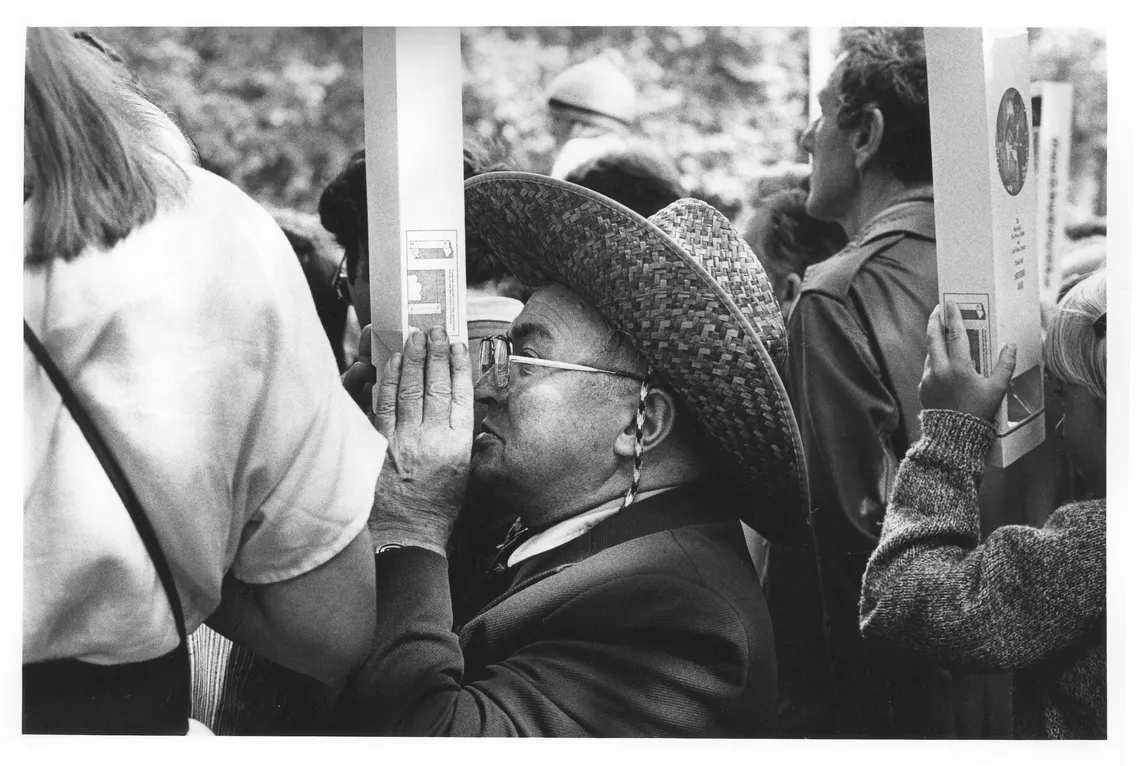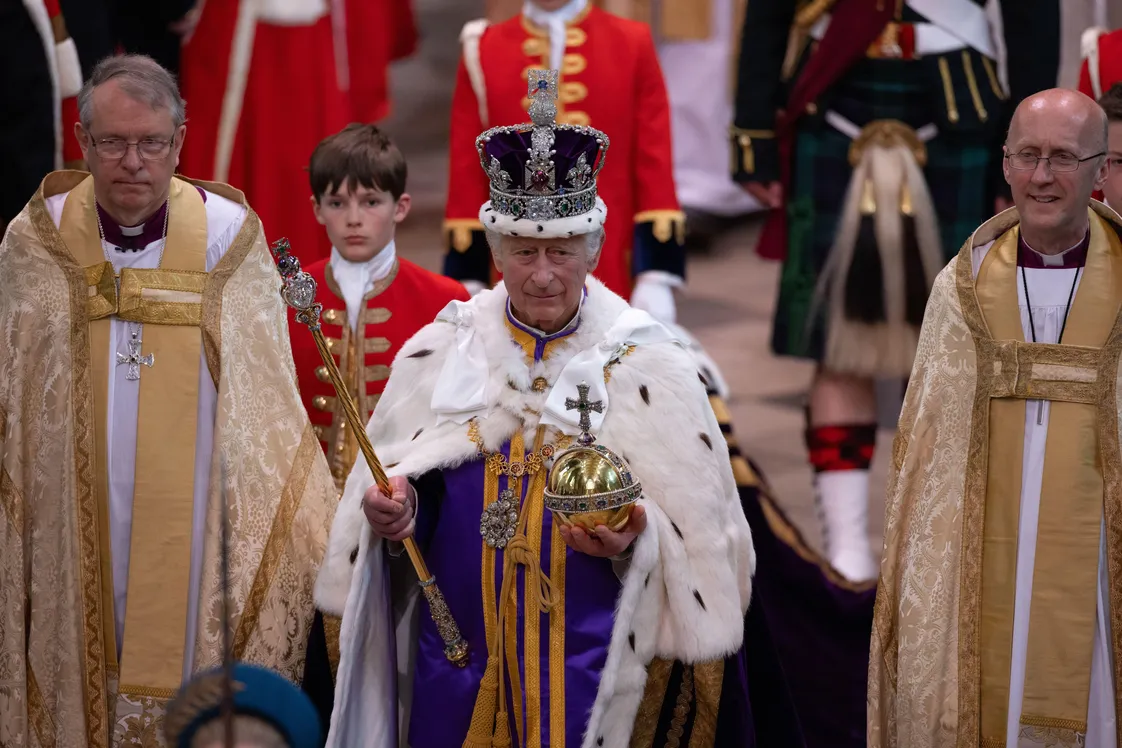200 years of royal weddings in London
When a member of the royal family gets married, it’s always a big occasion. Londoners have played their own parts in celebrating – or protesting – these landmark events.
City of Westminster
Since the mid-1800s
When the royals bring the city to a standstill
London has been a royal capital for nearly a thousand years, ever since the City of Westminster, seat of the monarch, was swallowed by the growing City of London.
The monarchy has changed a lot since Queen Victoria was crowned in 1838. Kings and queens are now constitutional monarchs, theoretically above and apart from everyday government. Royal weddings have also transformed. Previously a ceremony to cement political alliances, royal weddings became personal, romantic affairs.
Since the mid-19th century, this private love between two people has become a lavish public show – with the capital at the centre. Many objects in our collection show how Londoners have engaged with these public displays both in support and in protest.
Queen Victoria and Prince Albert put on a show
Queen Victoria was highly unusual among British royals in marrying her German beau, Prince Albert, for love. The ceremony was held in the Chapel Royal of St. James's Palace, London, on 10 February 1840. It was the first royal wedding for over a century to be held in the afternoon, about 1pm, rather than at night. This drew huge crowds of Londoners eager to see and cheer the royal couple.

Marriage of Queen Victoria and Prince Albert.
During the 19th century, the royal family became more skilled at staging a show. Queen Victoria's many children and grandchildren offered many opportunities for royal weddings. These began to be held in larger, publicly accessible London churches rather than in private chapels.
Celebrating the future King George VI and Elizabeth Bowes-Lyon with souvenirs
Cheap programmes were quickly mass printed for all royal events taking place in London in the early 20th century. They were not just souvenirs. They also encouraged participation by telling Londoners where and when events were taking place.
“these flag-waving, patriotic crowds boosted Britain’s reputation as an imperial power”
This souvenir is from the marriage of the future King George VI and Elizabeth Bowes-Lyon, much later known as Queen Elizabeth The Queen Mother. Their wedding took place at Westminster Abbey on 26 April 1923. The programme was sold for just one penny, indicating the fascination with the royal family among the London crowd.

This souvenir programme was issued by Westminster Hospital, partly to raise funds and partly as a souvenir of the event.
Londoners were encouraged to support shows of royal spectacle. Images of the wedding were spent around the world, so these flag-waving, patriotic crowds boosted Britain’s reputation as an imperial power.
“Day of romance in a grey world”
Times, 1981
Charles, Diana and royal wedding fever
Prince Charles and Diana Spencer married on 29 July 1981 at St Paul’s Cathedral. The venue was chosen over the now traditional Westminster Abbey to fit the large guestlist – and the hundreds of thousands of people watching along the procession route.
It was a “day of romance in a grey world”, according to The Times. The enraptured public commemorated the occasion with souvenirs, such as the mugs, plates, flags and badges in our collection.
Photos of the people who assembled to watch the wedding capture the continued fascination with royal weddings. They also show the cheekiness of the London crowd.
The festivities continue today
Plenty of Londoners are still willing to celebrate royal marriages on the streets today. When Prince William and Kate Middleton married on 29 April 2011, crowds gathered around Westminster Abbey and Buckingham Palace waving flags and wearing union jacks.
And when Prince Harry and Meghan Markle married at Windsor Castle on 19 May 2018, Londoners celebrated by hosting street parties.
But protests have also gained pace
But not all Londoners have celebrated the royal nuptials. For most people, a wedding is a private event. But royal weddings are massive public spectacles. They also have political indications – and have given rise to protest.
Some object to the very existence of the monarchy. William and Kate’s wedding, for example, was criticised by the campaign group Republic. This mock bunting was made at their 'Not the Royal Wedding' street party, where different attendees were asked to choose someone or something they wanted to pledge allegiance to rather than the Queen.
Camden Council banned the original event which was due to take place in Covent Garden. Eventually the street party took place in Red Lion Square, Holborn, and was attended by over a thousand republicans.
Writing/researching credit: Alwyn Collinson



















